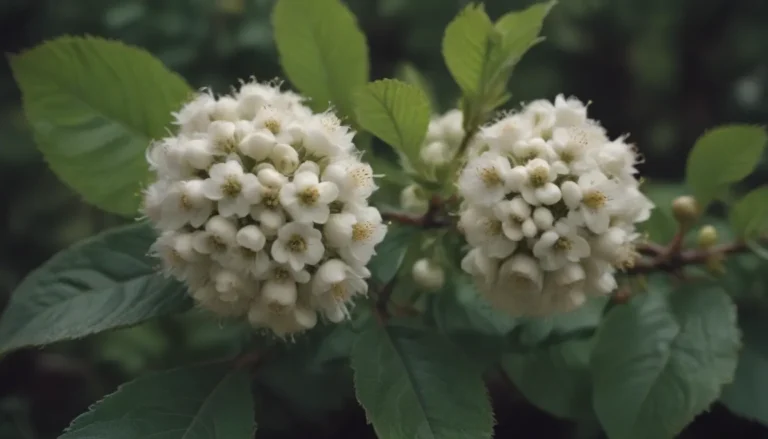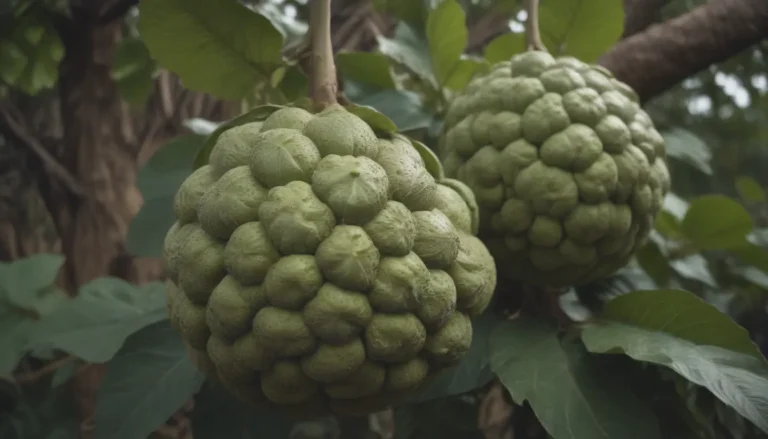Maximizing Your Small Space: Tips for Small Space Vegetable Gardening

Are you looking to grow your own vegetables but limited on space? Not to worry! In this in-depth guide, we will explore the ins and outs of small space vegetable gardening, providing you with valuable tips and tricks to help you yield a bountiful harvest right from your own home. Whether you have a small yard, patio, or balcony, you can still enjoy the fresh taste of homegrown vegetables with the right knowledge and tools at your disposal.
Ways to Utilize a Small Space
Small sunny spots in your outdoor area can be transformed into a thriving vegetable garden with a little bit of planning and creativity. Here are some ways to maximize your small space for vegetable gardening:
- Utilize sunny spots on your yard, patio, or balcony
- Choose heirloom seeds or hybrid varieties for compact plants
- Consider colorful novelty vegetables or varieties from around the world
- Use a fence for protection against animals
By choosing the right location and plant varieties, you can make the most out of your small space vegetable garden and enjoy a variety of fresh produce right at your fingertips.
Layout Considerations
When planning your small space vegetable garden, it’s important to consider the layout to ensure optimal growth and yield. Here are some key components to keep in mind:
- Sun: Choose a location that receives adequate sunlight for healthy plant growth
- Water: Ensure access to a water source for regular watering
- Soil: Use rich, fertile soil to provide essential nutrients to your plants
By taking these factors into consideration, you can create an ideal environment for your vegetable garden to thrive.
Types of Small Gardens
While a small vegetable garden may not sustain you entirely, it can provide you with a variety of fresh options to enjoy at home. Here are some types of small gardens you can consider:
- Gardens with compact varieties
- Interplanting with flowers
- Growing vegetables vertically
- Companion planting
- Succession planting
By incorporating these techniques into your small space vegetable garden, you can maximize your yield and enjoy a diverse range of fresh produce throughout the growing season.
Warning: Pests and Diseases
Since small vegetable gardens don’t leave room for crop rotation, it’s important to be vigilant against pests and diseases that may affect your plants. If you encounter a large-scale problem, it’s best to stop growing that crop and others in its family for at least a year to prevent the spread of pests and diseases.
Growing Fruits and Vegetables in Containers
Container gardening is a great way to grow fruits and vegetables in small spaces such as patios, balconies, or even indoors. Here are some tips for successful container gardening:
- Choose a container large enough to accommodate the mature size of the plant
- Use soil specifically balanced for vegetable container gardening with slow-release fertilizer
- Consider the material and color of the container for optimal moisture retention
By following these tips, you can successfully grow a variety of fruits and vegetables in containers, even in the smallest of spaces.
Windowsill Gardens
If you’re limited on outdoor space, consider growing herbs and leafy greens indoors on a windowsill. This allows you to enjoy fresh produce year-round and extend your growing season. With sufficient sunlight and water, you can even grow vegetables indoors for a continuous supply of fresh, homegrown produce.
In conclusion, small space vegetable gardening is a rewarding and fulfilling experience that allows you to enjoy the taste of freshly harvested vegetables right at home. By utilizing the tips and techniques outlined in this guide, you can maximize your small space and create a thriving vegetable garden that will provide you with a bountiful harvest throughout the growing season. So roll up your sleeves, get your hands dirty, and start growing your own vegetables today!
For more information on small space vegetable gardening, check out resources such as Soil Basics Part III: Organic Matter, Key to Management from the University of Massachusetts Amherst, Grow Successful Vegetable Garden from Michigan State University Extension, and Edible Landscaping – Companion and Interplanting from the National Gardening Association. Happy gardening!





